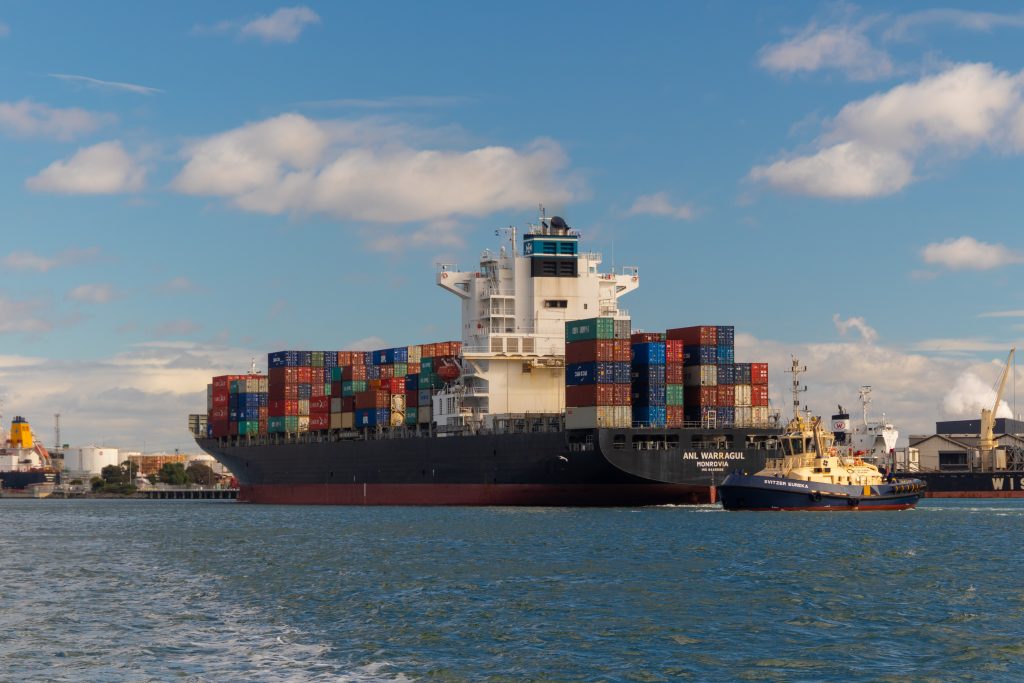High Consumer Demand Prolongs U.S. Port Congestion
Already high consumer demand is growing, causing imports from Asia to continue congesting U.S. ports. Imports are forecast to remain elevated into February and push even higher in the second quarter of 2022.
2022 to Bring an Early Peak Season for Imports
U.S. ports have been struggling with congestion all year, and this is expected to continue into the new year. The annual Lunar New Year lull is typically a period of time that allows any backlogged cargo to be cleared up, but 2022’s “lull” is only expected to last for a matter of weeks in February. LA port chief Gene Seroka also believes 2022 will bring an earlier than usual peak season. This fall, retailers described record-breaking peak season volumes, and are now working to rush ship their products to the U.S. before factories in Asia close on February 1st for Lunar New Year celebrations.

Photo courtesy of Tran Huy.
For the past few months, big-box retailers have pushed back their restocks in order to focus on importing holiday merchandise. U.S. imports are expected to increase 4.6% in December, 9% in January, and 7.3% in February. By March and into April, these percentages are expected to drop. Retailers in the second quarter will only have a few months before the rush to restock begins again with back-to-school products.
Trans-Pacific vessel capacity will be tight into 2023, causing retailers to begin shipping their peak season merchandise earlier than usual in the late spring of 2022. Warnings of a second port congestion issue were released last week, but congestion issues will only truly be resolved if imports from Asia slow down considerably. Based on recent consumer demand trends, a slowdown is not likely any time soon.
Above Average Container Dwell Time Contributes to Congestion Issues

Photo courtesy of John Simmons.
Los Angeles and Long Beach ports have experienced the worst U.S. port congestion. These two ports handle 50% of all U.S. imports from Asia, and the amount of imports these ports receive continues to increase. Large numbers of empty containers left at terminals and long-dwelling import containers are contributing to congestion issues, as well as warehouse congestion. The average dwell time for these containers is above 10 days, which is more than double the normal dwell time of 4 days or less.
Despite the LA port shipping back 43% more empty containers to Asia than this time last year, empty containers remain an issue. Carriers are being asked to return their containers to Asia by sending sweeper ships, whose purpose is to take empties away in bulk.
How SiShips Gives You The Advantage
Sheltered International combines expertise with state of the art software to bring you quality domestic and international shipping solutions. SiShips puts the shipper in control, offering efficient and cost effective ways to ship your product.
To learn more about managed transportation with SiShips, or to view a demo of our software, contact us today.

